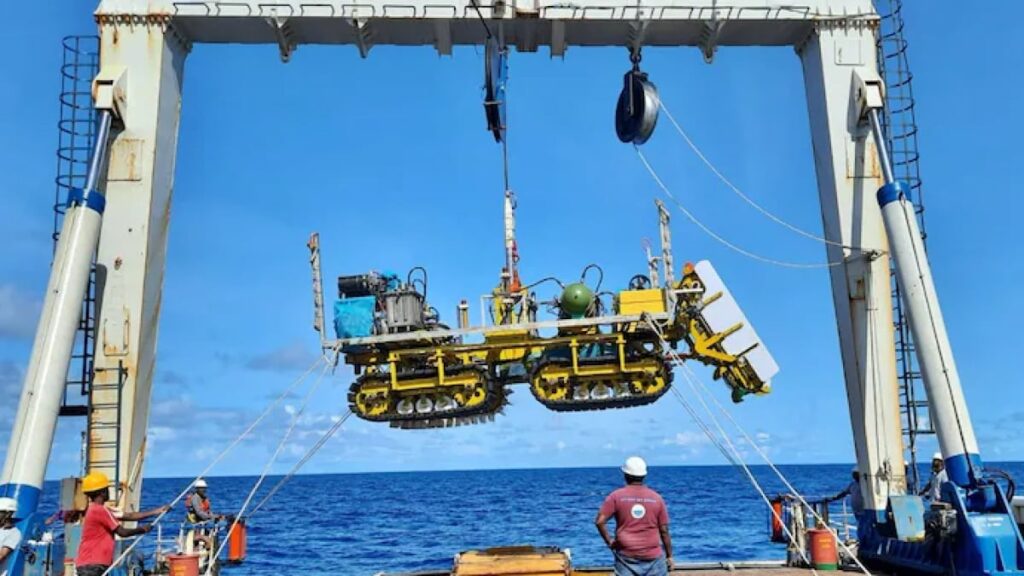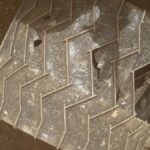The National Institute of Ocean Technology (NIOT) has begun significant research trials in the Andaman Sea using Varaha-3, a specialized seabed mining machine. These tests, which took place at a depth of 1,193 meters, are part of India’s broader initiative for responsible exploration and exploitation of ocean resources. The Geological Survey of India had previously investigated the test sites, identifying them as potential hotspots of valuable mineral resources, particularly polymetallic nodules.
Successful collection of nodules
During testing, Varaha-3 efficiently collected polymetallic nodules ranging in size from 60 to 120 mm. These nodules contain essential metals such as nickel, cobalt and copper, vital to various industries, especially those focused on renewable energy and electric vehicle production. The successful collection represents a significant advance in India’s deep-sea mining capabilities.
Sustainable practices and future prospects
Varaha-3’s design emphasizes efficiency and reducing environmental impact, aligning with India’s commitment to sustainable management of ocean resources. As part of the Deep Ocean Mission, the Indian government has invested significantly in developing advanced technology to explore the depths of the sea. This includes an integrated mining system aimed at increasing the efficiency of nodule extraction and transportation.
Concluding remarks
These exploratory tests not only demonstrate the technical expertise of Varaha-3, but also pave the way for potential commercial mining operations in the future. With constant research and innovation, India is positioning itself as a leader in sustainable extraction of resources from the seabed, contributing to global demand for critical minerals essential for clean energy technologies.


